Diamondback road and gravel bikes: which model is right for you?
Although initially a BMX brand, Diamondback has branched out into road bikes and gravel bikes, with plenty of models on offer.
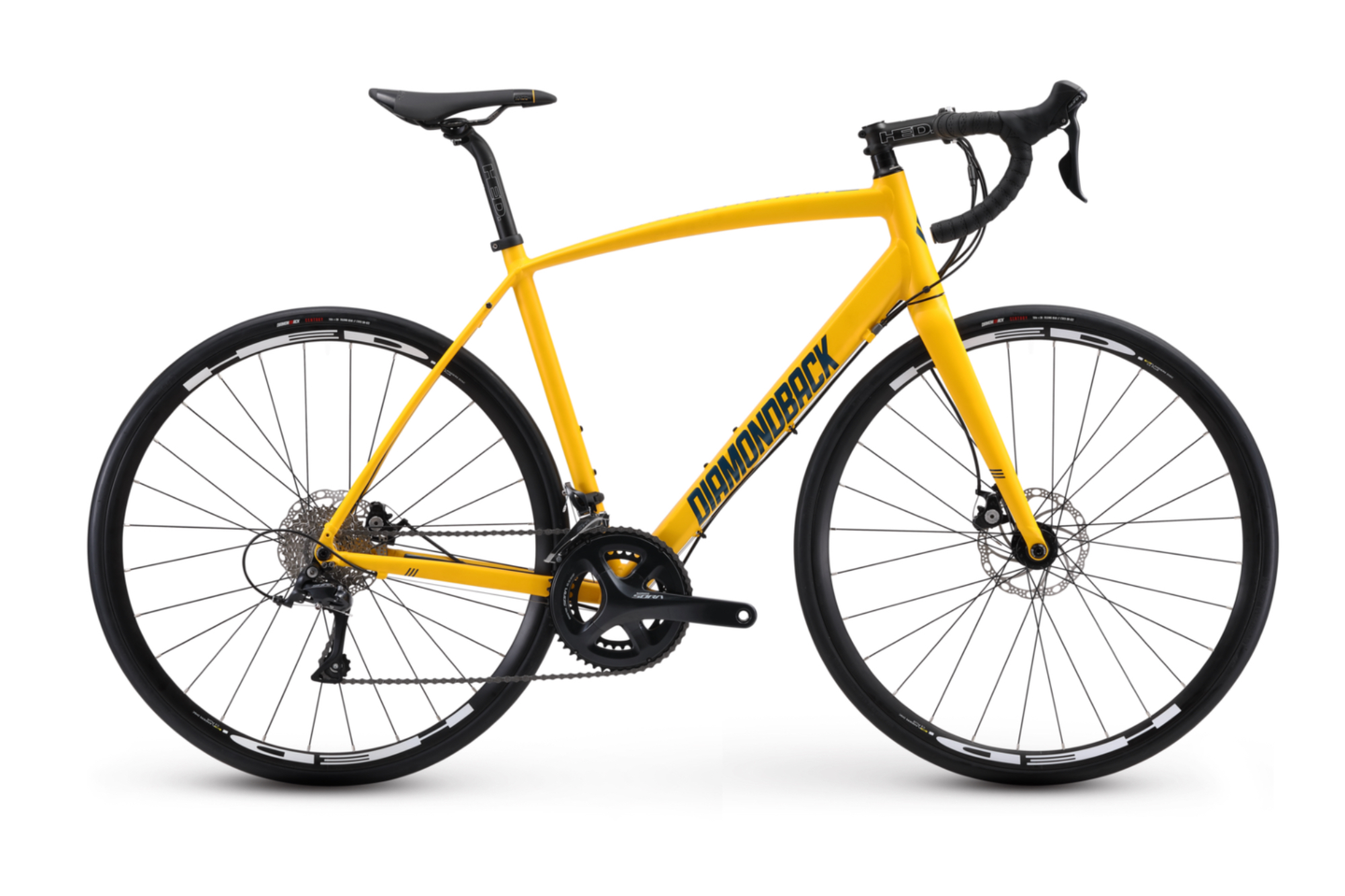
Diamondback Bicycles began life in the late 1970s in California. Part of the Western States Import Company, its origins are as a BMX brand, first called Centurion.
Its founders, Cozy Yamakosh and Mitchell Weiner, originally manufactured the bikes in Japan. Legend has it that the first frames to bear the Centurion logo were originally intended for Raleigh America. However, the Japanese-made frames didn’t meet the approval of parent company Raleigh back in the UK, so Weiner took receipt of the frames and re-branded them.
In 1982 the company launched its first production mountain bike, the Diamondback Ridgerunner. By the early 1990s the brand had expanded into road bikes as well as retaining their BMX and mountain bike roots. In both disciplines the factory teams were dominant forces, winning races across the world.
Since then Diamondback has changed hands on numerous occasions. In 1999 Derby Cycle Corporation, who at the time owned Raleigh USA, became the new owners. It merged the brands before selling them again, for the last time in 2019.
Today Diamondback is based in Kent, Washington. It's part of a stable that still contains Raleigh USA, as well as Redline and e-bike brand IZIP. As well as continuing to produce an extensive line of mountain bikes, Diamondback is home to a small line of road bikes, namely the Hannjo and the Century.
Useful links for road bike shoppers…
Diamondback Hannjo: the gravel and adventure model
The Haanjo first appeared in 2016. Since then it's been the backbone of the brand's gravel and adventure line-up. Today, rather than offer several bikes with a similar purpose, Diamondback consolidate its gravel range around the Haanjo.
Utilizing the Haanjo's relaxed frame geometry Diamondback then equip it to meet a range of budgets and purposes. You can ride a flatbar Haanjo to work that will cost you less than $800. You can also take off on a bikepacking adventure aboard an all-singing, all-dancing carbon Haanjo.
The aluminum Haanjo range
Diamondback currently offer five aluminum-frame Haanjos, all built around a 700c wheel size. Conveniently they number the models 1 through 5, with 1 being the most affordable. The range retails at $750-1800.
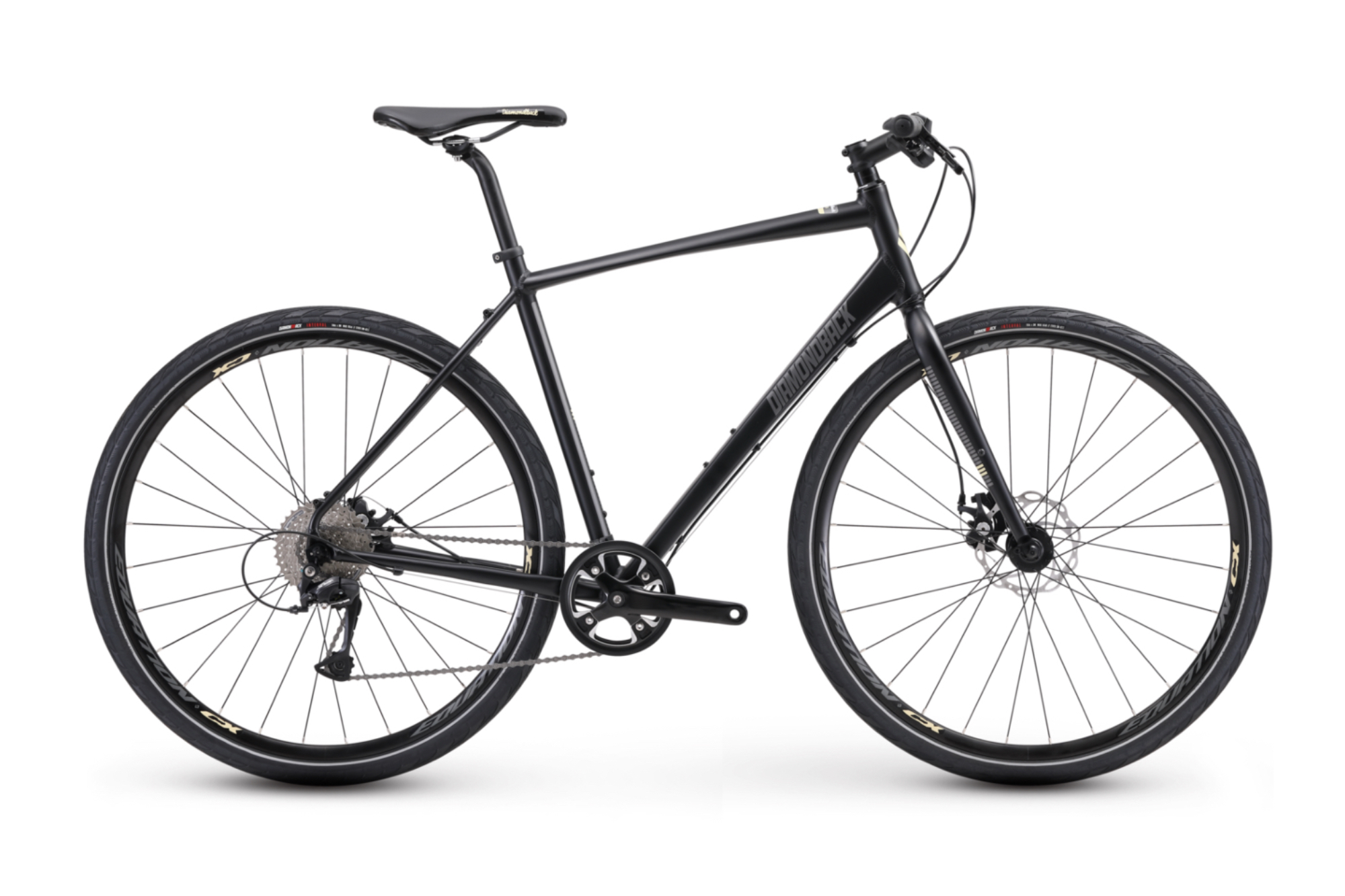
Haanjo 1
The Haanjo 1 is an entry-level flat-bar bike, that's as well suited to commuting as it is gravel or adventure riding. The frame has plenty of stack height providing a comfortable riding position along with a generous wheelbase that should make for a stable ride. This is particularly helpful if you choose to utilize the front and rear rack mounts. The bike is equipped with 700 x 38mm tires.
Elsewhere there's mechanical disc brakes and a 1x 9-speed Shimano Acera groupset. The gear range is commuter friendly, with a 38t chainring and an 11-36t cassette. However if you're off-road and carrying gear you may find yourself wishing for something a little lower.
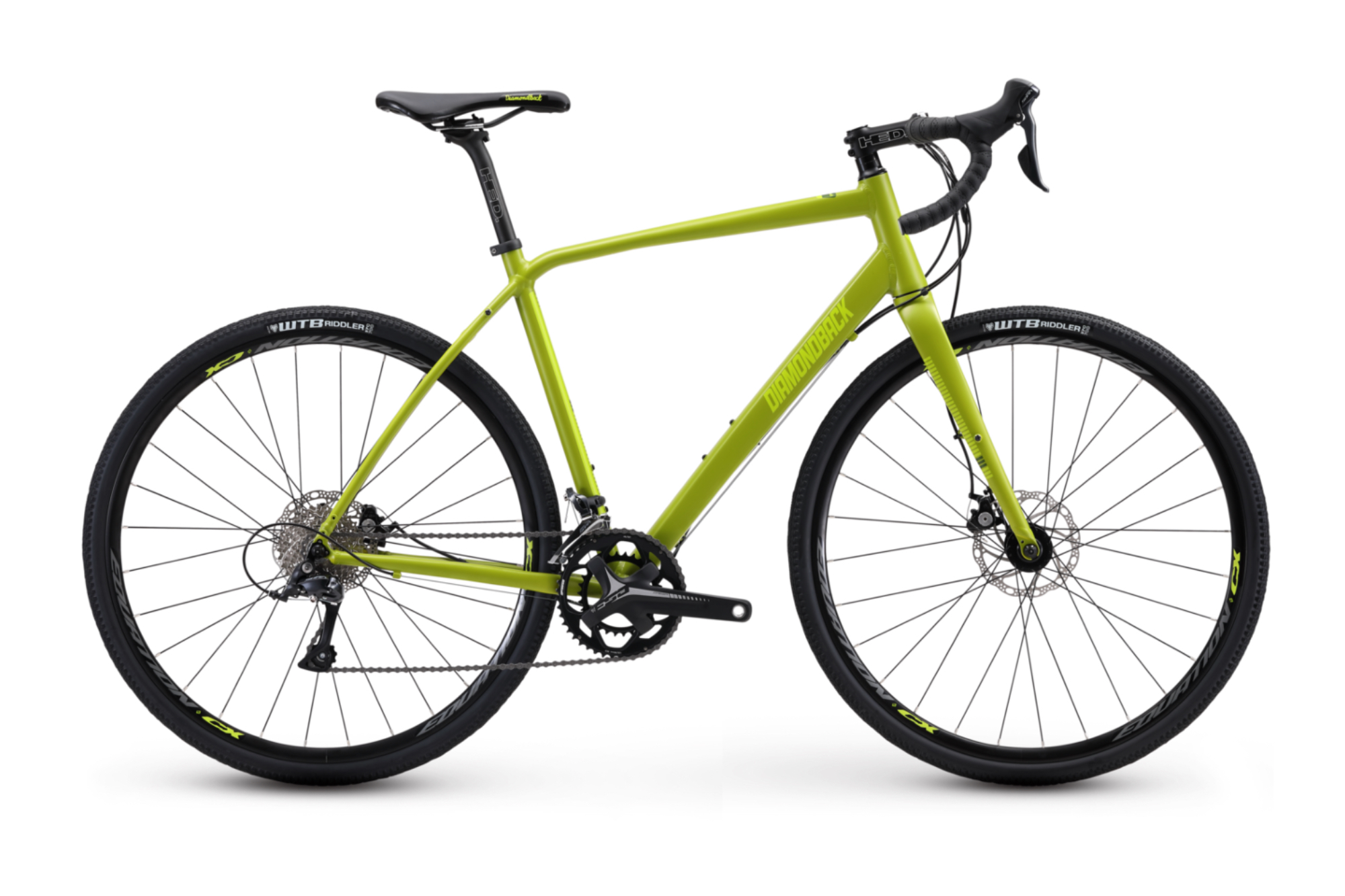
Haanjo 2 and 3
The Haanjo 2 and 3 switch to drop bars, and with it comes a perceptible change in purpose. While the geometry remains the same these bikes are equipped for long rides, both paved and unpaved. The groupsets are now 2x set-ups; 8-speed Shimano Claris on the 2 and 9-speed Shimano Sora on the 3. The Haanjo 3 pairs a 46/30 with a 11-32 cassette for a wide-range that should get you up anything while still providing a high enough gear to prevent you spinning out at the tall end.
The Haanjo 3 costs a little over $200 more than the Haanjo 2. For that you get an alloy fork instead of a steel one. You also get flat mount disc brakes and a tapered headtube, assisting compatibility should you wish to upgrade to a carbon fork and the latest hydro disc brakes.

The Haanjo 4 and 5
Diamondback say that all their aluminum Haanjo models are "road bikes with mountain bike attitude". The Haanjo 4 and 5 appear the most capable for off-road excursions. Both feature thru-axles and a carbon fork to help reduce any chatter. They also include a tubeless-ready wheelset and Shimano's gravel-specific GRX groupsets.
The Haanjo 4 is equipped with the 10-speed GRX400 groupset, while the Haanjo 5 has the 11-speed GRX810 as stock. Both utilize a 2x chainset with 46/30t chainrings matched to 11-34t cassette. It makes for an expansive gear range that should see these models perform capably on road and off. The higher-specced Haanjo 5 features hydraulic disc brakes as part of the GRX810 gruppo. The cost difference? The 4 retails for $1400 while the 5 will set you back $1800.
The carbon Haanjo range
Diamondback offers the Haanjo is three carbon models: the 6c, the 7c and the 8c. Prices range from $2400 to $4400 for the top-tier 8c bike.
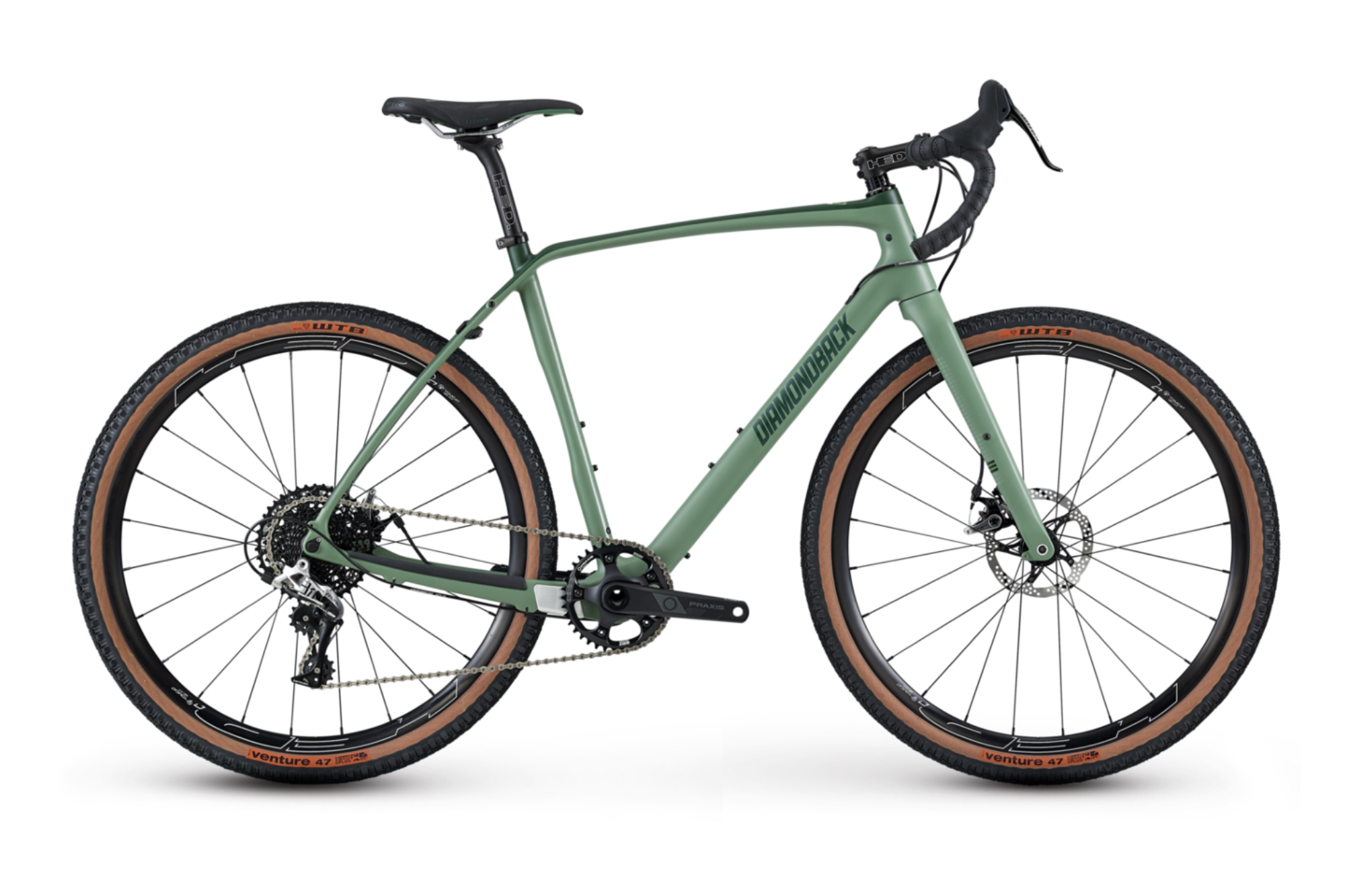
The Haanjo 6c Carbon
The Haanjo 6c differs a little from the 7c and 8c due to its 650b wheel size. In fact its the only current Haanjo that comes with the smaller wheel size. As stock it features 47mm WTB Venture Road tires. It's also the only carbon Haanjo that's equipped with a 1x drivechain, which combined with the plus-tire size makes it a little more 'gravel' and a little less 'road' than its more expensive siblings.
The carbon frame features all the mod cons you'd expect on a contemporary adventure bike. Namely thru-axles, flat-mount disc brakes and plenty of frame mounts. The aforementioned drivechain mixes a SRAM Rival 1 derailleur with a Praxxis Cadet chainset. It's rounded out with Rival 1 shifters and cable-operated TRP Spyre disc brakes.
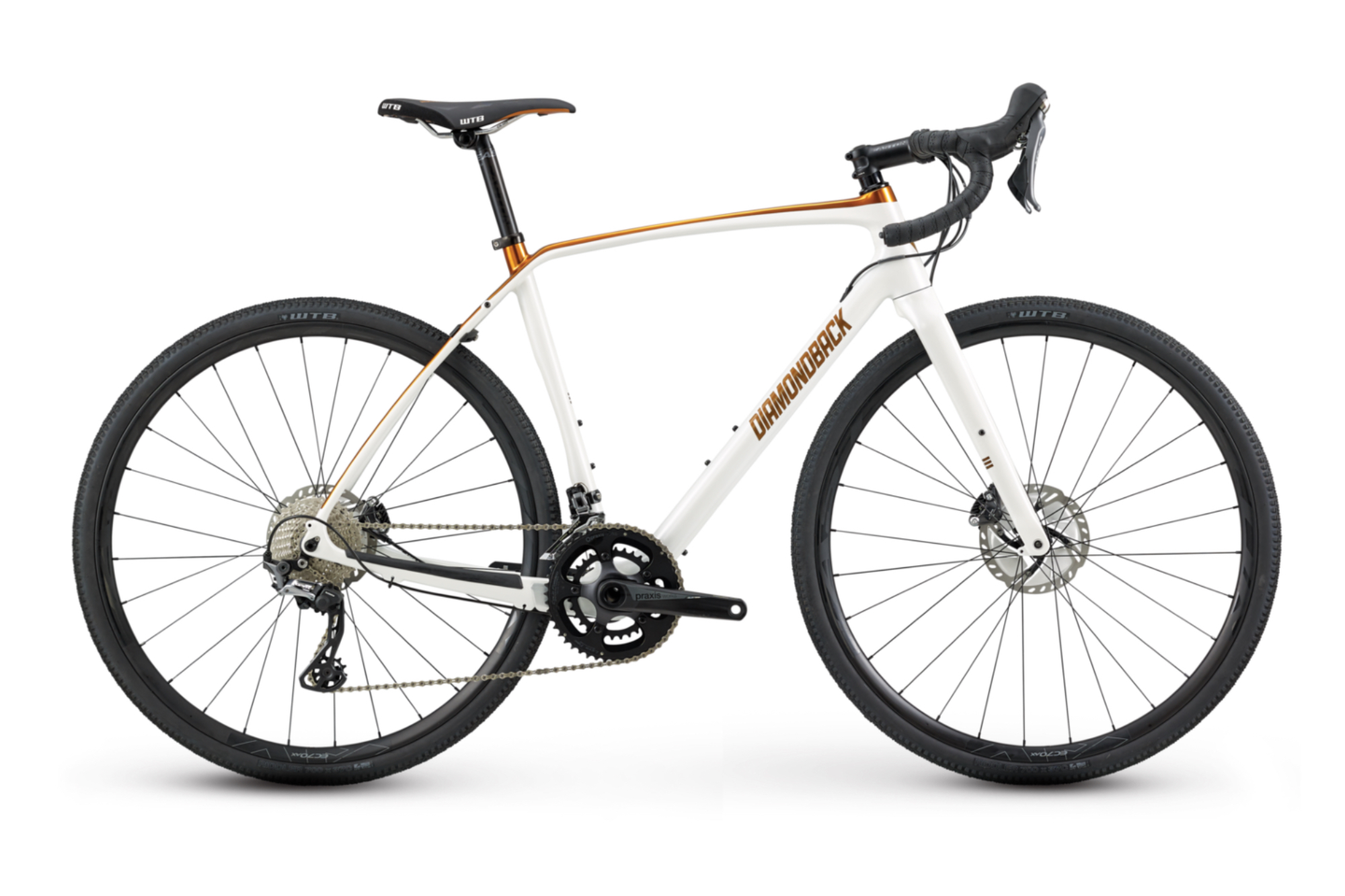
Both the Haanjo 7c and 8c roll on 700c wheels and come quipped with 2x 11-speed groupsets. Like the 6c the frameset has plenty of mounts for those bikepacking trips and uses what Diamondback calls its 'endurance' geometry. Namely a bike that's comfortable over long distances and a variety of surfaces.
So how do the 7c and 8c differ? The former uses a mix-and-match approach to its component choice. There's a Praxis chainset, Shimano GRX810 front and rear derailleurs, GRX600 shifters and RX400 hydro disc brakes.
The 8c is a little more consistent, using Shimano GRX810 derailleurs, shifters and flat-mount brakes alongside a Praxxis Girder chainset. Elsewhere, the 8c features an Easton EA70 carbon cockpit, seat post and wheel set - tubeless ready of course. This kind of lightweight specification makes the Haanjo 8c Carbon a serious player in the 'gravel race' bracket too.
Diamondback Century: the endurance road model
Diamondback's decision to build an entire bike range around a single model continues with the Century. This is its sole road bike offering. But like the Haanjo, it comes in a wide range of builds, enabling the Century to appeal to both novice and experienced cyclists alike.
At the entry-level point you get a decently-equipped road bike for $700, while the the most expensive carbon offering is a likely candidate for your next Gran Fondo or sportive. All the bikes fall nicely into the endurance road category with geometry designed to put you in a more upright riding position for greater comfort over long distances.
>>> Best road bikes under $2,500
The aluminum Century range
There are three aluminum bikes currently available: the Century 1, the Century 2 and the Century 3. They range in price from $700-$1700.
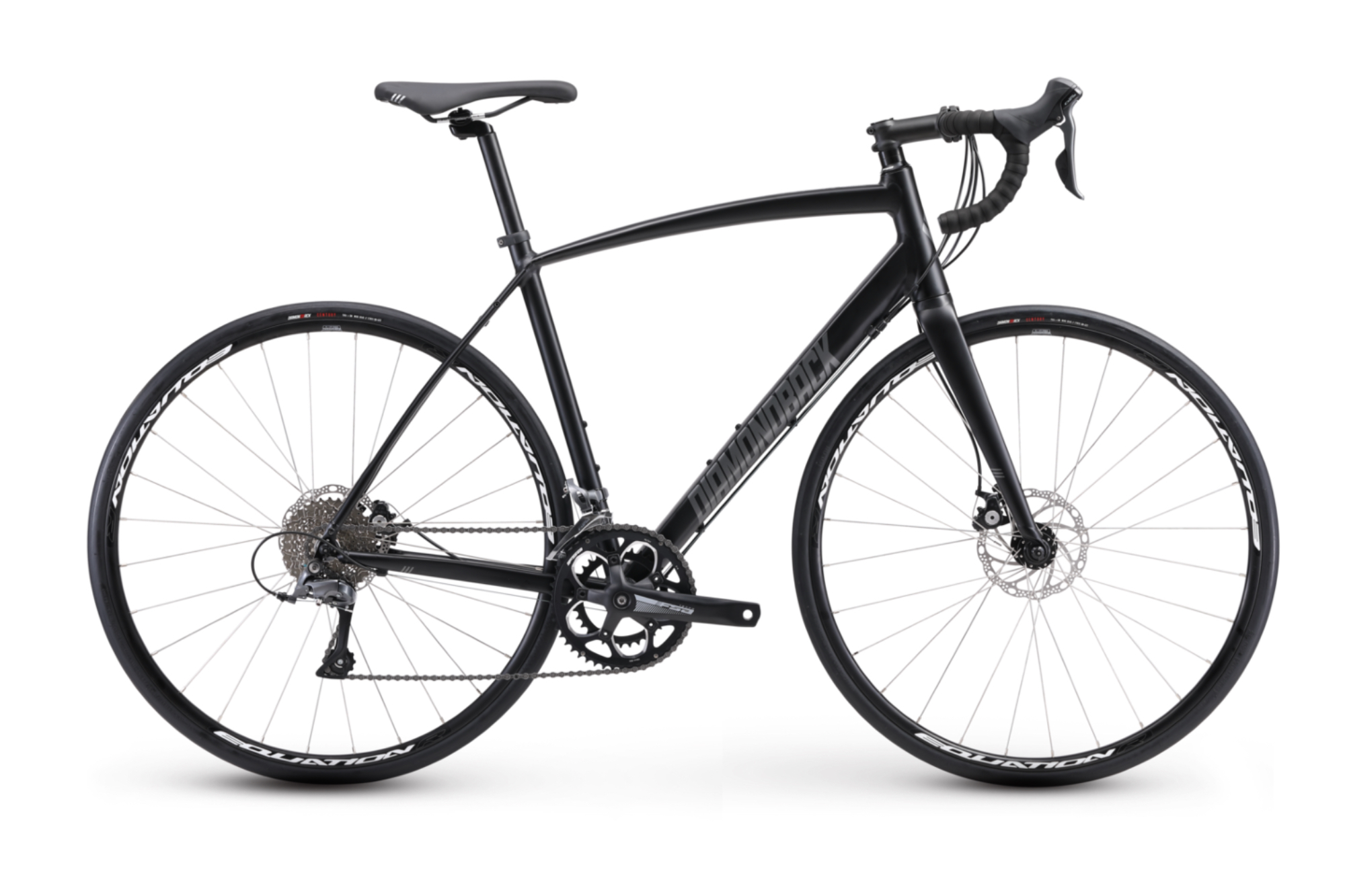
The Century 1, 2 and 3
All of the aluminum Century models build around its 7005 series alloy frame. It features formed and butted tubing, with an integrated headtube and flat mount disc brakes. Diamondback's Enhanced Performance (EPG) Geometry creates a more upright riding position via a taller head tube. It's not racy but for the newer cyclist it will make for lots of comfortable miles.
The Century 1 is all about affordability. It's specced to offer value for money while still creating a bike that will be fun to ride. The group set is predominately Shimano Claris; a 2x8-speed drivechain geared to get you up the steep stuff. It pairs 50/34t compact chainset with a 11-34t cassette. A sensible gearing range for any cyclist new to the road.
The Century 2 will set you back $1000, that's $300 more than the Century 1. But for the extra bucks, there's a little bit of bang! The upgrades include thru-axles front and rear and a 9-speed Shimano Sora groupset. Like all the Century bikes, it comes equipped with 700c x 28c tires.

The top-tier alloy offering is the Century 3. It's considerably more expensive than the other models but there are some significant upgrades. To start with you get a legit 11-speed drivechain. Current models are quipped with Shimano 105. Then there's the full carbon fork with thru-axles, which should improve the ride quality buy no small amount. Finally you get tubeless-ready wheels and TRP's tried-and-tested Spyre disc brakes.
The carbon Century range
There are three offerings here: the Century 4 Carbon, the Century 5c carbon and the Century 6c carbon. Prices start at $1900.
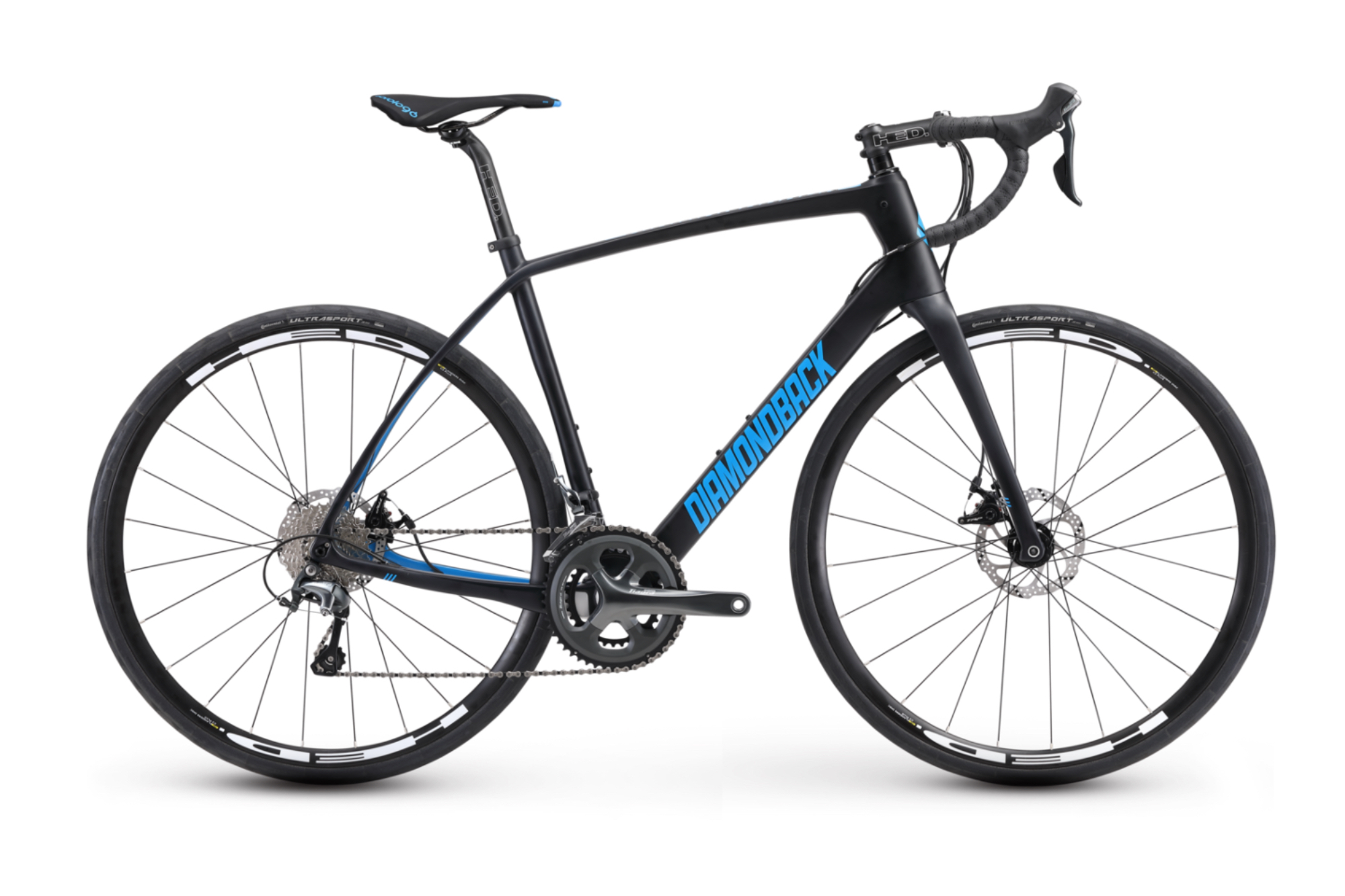
The Century 4 Carbon
Perhaps the most surprising thing about Diamondback's entry-level carbon road offering is that it builds around the same frameset as the more expensive bikes in the range. That means you get a carbon monocoque frame with endurance geometry, thru-axles and flat mount discs. To keep it looking slick there's internal cable routing throughout plus it's also Di2 ready. All of which makes the Century 4 ready to ride but also worthy, and capable, of some upgrades down the line.
To keep the price down - it retails for under $2000 in the US - the bike is specced with reliable but unflashy components. There's a 10-speed Shimano Tiagra groupset and the disc brakes are cable-operated; TRP Spyres in this case. Elsewhere there's an alloy HED cockpit and some tubeless-ready HED wheels.
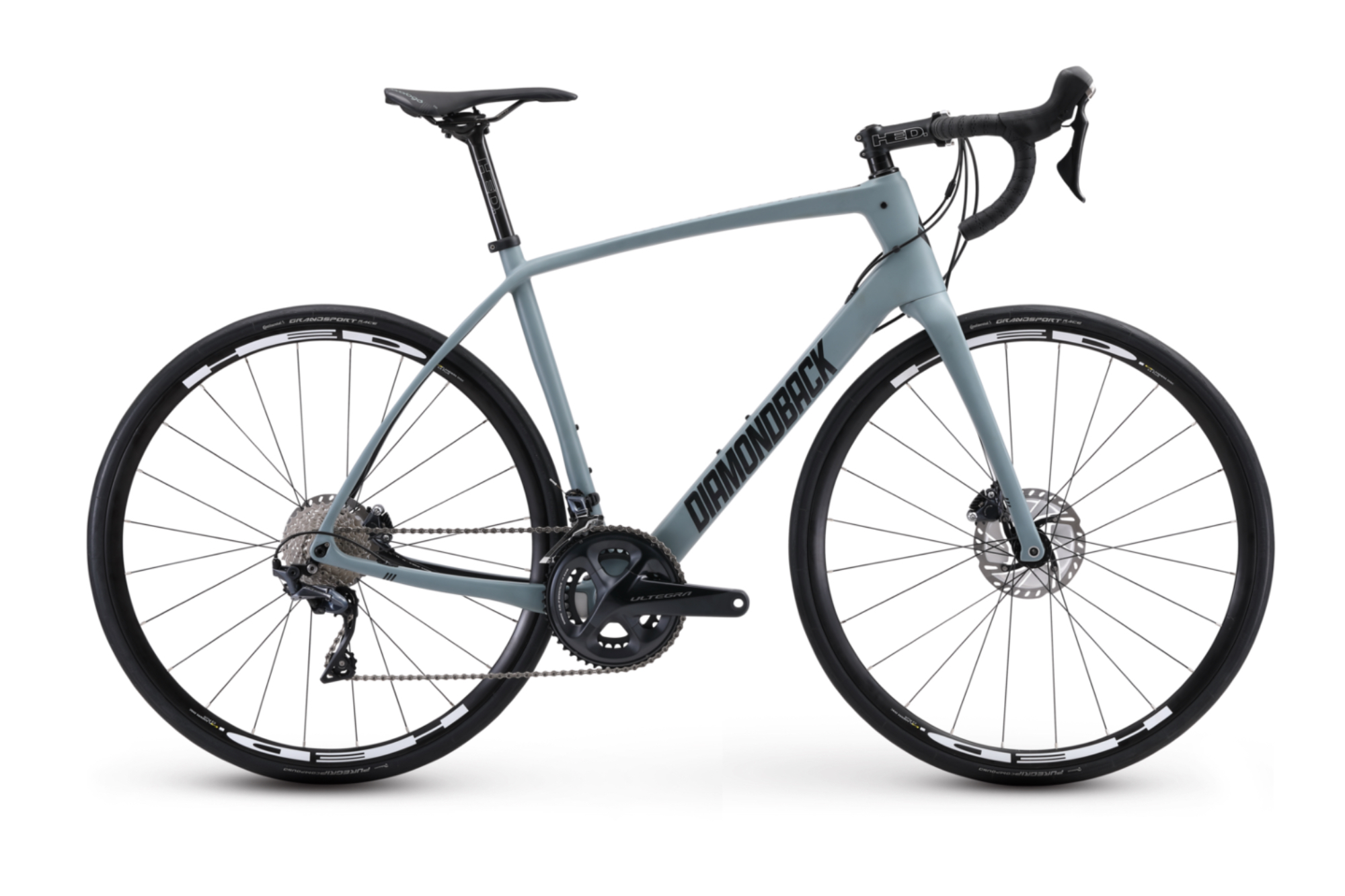
The Century 5c and 6c Carbon models
As mentioned earlier, the Century 4 and Century 5 carbon models retain the same frameset as the Century 4. Diamondback state that it's a blend of high- and low-modulus carbon fiber designed to "create a bike that is still light and blazingly quick, but also impressively smooth".
Like the aluminum offerings, the Century carbon is aimed at the endurance market. To achieve long distances, this Diamondback sticks pretty closely to the geometry used on the alloy Century frameset. This means a shorter top tube matched to a longer head tube with a slacker angle. The end result should be good for your neck and back.
Both bikes are equipped with Shimano 11-speed hydraulic group sets. The 5 gets the 105 R700 gruppo while the more expensive 6 features Ultegra R8000 throughout. There's a smattering of HED components on both bikes too, most notably the tubeless-ready Flanders C2+ Disc wheel set.

Thank you for reading 20 articles this month* Join now for unlimited access
Enjoy your first month for just £1 / $1 / €1
*Read 5 free articles per month without a subscription

Join now for unlimited access
Try first month for just £1 / $1 / €1
Get The Leadout Newsletter
The latest race content, interviews, features, reviews and expert buying guides, direct to your inbox!
Luke Friend has worked as a writer, editor and copywriter for twenty five years. Across books, magazines and websites, he's covered a broad range of topics for a range of clients including Major League Baseball, the National Trust and the NHS. He has an MA in Professional Writing from Falmouth University and is a qualified bicycle mechanic. He has been a cycling enthusiast from an early age, partly due to watching the Tour de France on TV. He's a keen follower of bike racing to this day as well as a regular road and gravel rider.
-
 Save £42 on the same tyres that Mathieu Van de Poel won Paris-Roubaix on, this Easter weekend
Save £42 on the same tyres that Mathieu Van de Poel won Paris-Roubaix on, this Easter weekendDeals Its rare that Pirelli P-Zero Race TLR RS can be found on sale, and certainly not with a whopping 25% discount, grab a pair this weekend before they go...
By Matt Ischt-Barnard
-
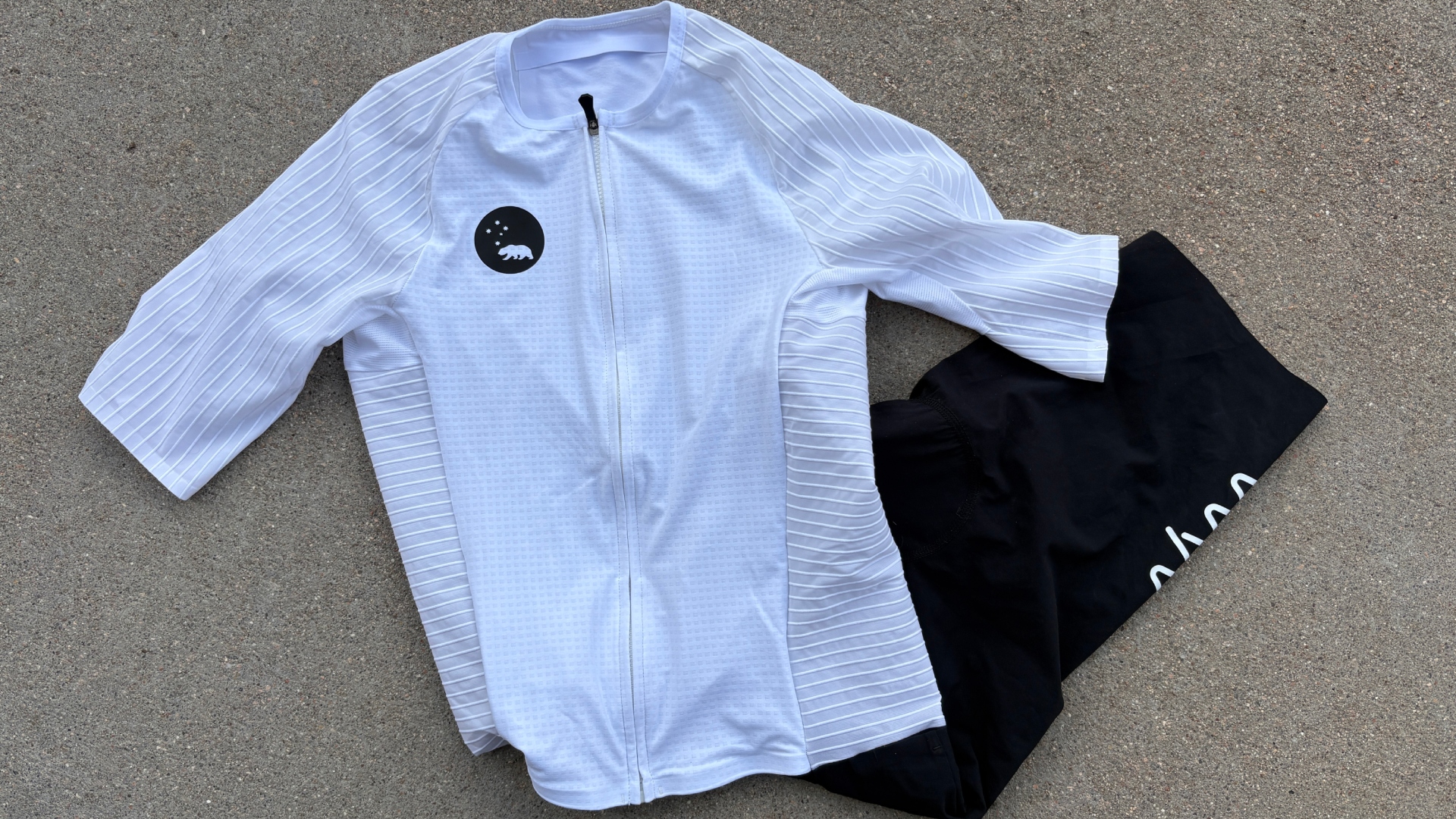 "Like a second skin” - the WYN Republic CdA triathlon suit reviewed
"Like a second skin” - the WYN Republic CdA triathlon suit reviewed$700 is a substantial investment in a Tri Suit, and it is, but you’ll definitely feel fast in it
By Kristin Jenny